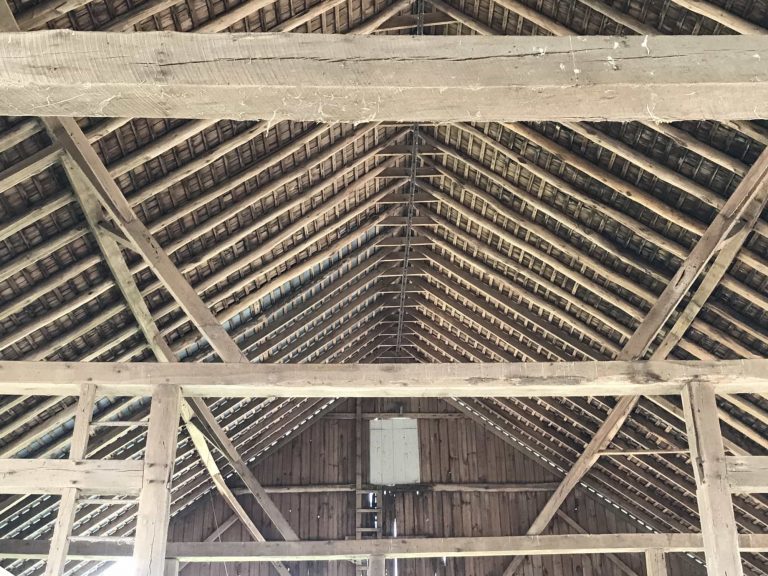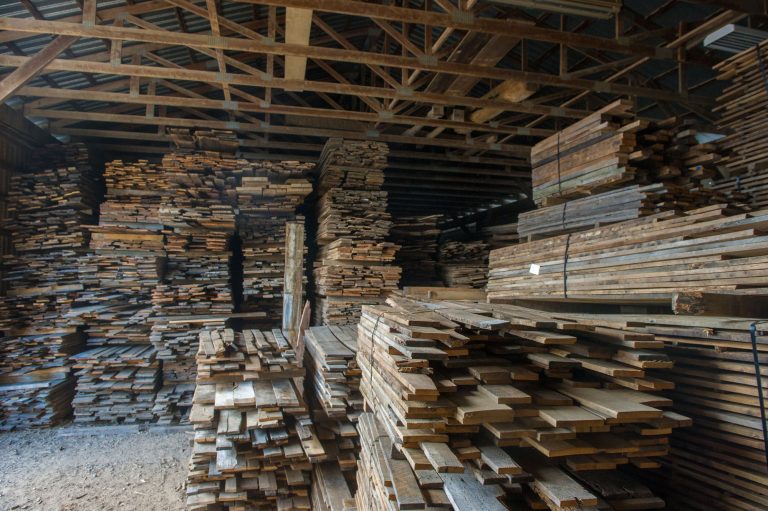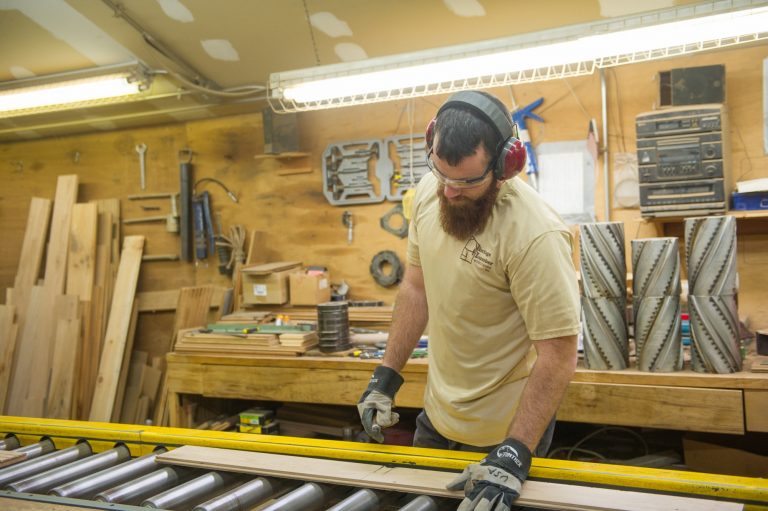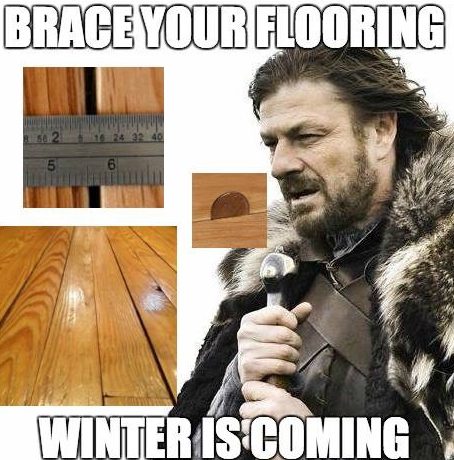How do I place an order?
Please contact us today and one of our friendly & knowledgeable team members will be glad to discuss your needs. Contact us.
How is the wood priced?
Our Reclaimed and Rustic flooring is priced by the Square Foot and is determined by the species, grade, specifications, and quantity of the order. Feel free to call or email us with any questions. 1-800-499-7859 or 301-845-2500.
Beams are priced by the board foot, and/or lineal foot. Click here.
Is there a minimum purchase quantity?
No project is too big or too small. Contact us today to discuss. 800-499-7859 or 301-845-2500 Or click here.
What is a Square foot? Board foot?
Square foot: Square footage is a measurement of surface area. To find the square footage -- or the area -- of the space, multiply the length times the width, just as you would do with any rectangle.
Board foot: A board foot is a measure of volume. By definition a board foot is one square foot one inch thick. How to measure: Width in inches x Thickness in inches x Length in Feet ÷ 12
Do I need an appointment? What are your hours of operation?
Appointments are recommended. We want to make sure someone is in the showroom to provide you with answers to all your questions.
Showroom appointment hours: Monday - Friday: 8 AM-6 PM, Saturday: 9AM-2PM. Please call 1-800-499-7859 or 301-845-2500 Or click here.
What is the lead time?
Lead time varies—usually no more than 30 days. Custom orders may take longer. All products are made in house in Woodsboro, MD. Most flooring is in stock. Beams and Mantels are 10 +/- days. Barn Siding and Paneling typically in stock.
How long can I store my order before picking it up?
For a non-refundable deposit of 25% we will store your product in our climate controlled warehouse for 6 months. If additional storage is required, we will certainly try to accommodate.
What is the return policy?
Within 30 days you may return any unopened, undamaged bundles of flooring for a full refund, less any return freight charges. Returns beyond 30 days may be accepted subject to a restocking fee. Custom orders are usually not returnable.
Do you install?
We do not install but we will provide a list or our preferred installers. Some will travel to jobs others are area specific. There is a world of difference between a trained, reliable installer with the proper licensing and insurance and day laborers who lack the experience and training necessary to do a professional job. Contact the National Wood Flooring Association (nwfa.org) for more information.
Do you build doors or furniture?
We make barn style doors. Please contact to discuss specifics of your requirements.
Are there bugs in the material?
Our products are either kiln dried or BoraCare treated for the removal of insects and mold. Flooring, Barn Siding, and ornamental products including box beams are kiln dried. Solid Beams and mantels are power washed to remove debris and BoraCare treated for the removal of insects. BoraCare is a no-toxic borate salt applied to all surfaces of the beam. BoraCare prevents any wood boring insects from entering the beam and kills any insects that may emerge. Beams and mantels can be kiln heat treated upon request if a longer lead time is acceptable.
![]()
![]()
![]()
![]()
![]()


















